
Morocco, a country steeped in history and tradition, is home to some of the most breathtaking mosques in the Islamic world. These architectural marvels not only serve as places of worship but also stand as symbols of Morocco’s rich cultural heritage and spiritual significance. In this article, we’ll take a journey through some of the most iconic mosques of Morocco, exploring their historical importance, architectural features, and the role they play in the lives of Moroccans.
Exploring the Majestic Mosques of Morocco
The Hassan II Mosque in Casablanca
Our journey begins in Casablanca, Morocco’s economic capital, where the Hassan II Mosque graces the coastline with its grandeur. Completed in 1993, this mosque is a relatively recent addition to Morocco’s religious landscape. What sets it apart is its stunning location right on the shores of the Atlantic Ocean, allowing the faithful to pray with the sound of crashing waves in the background. The mosque’s towering minaret stands at a remarkable 210 meters (689 feet), making it the tallest minaret in the world. Its intricate tilework, carved stucco, and the exquisite craftsmanship of its interior are testaments to Moroccan artistry.
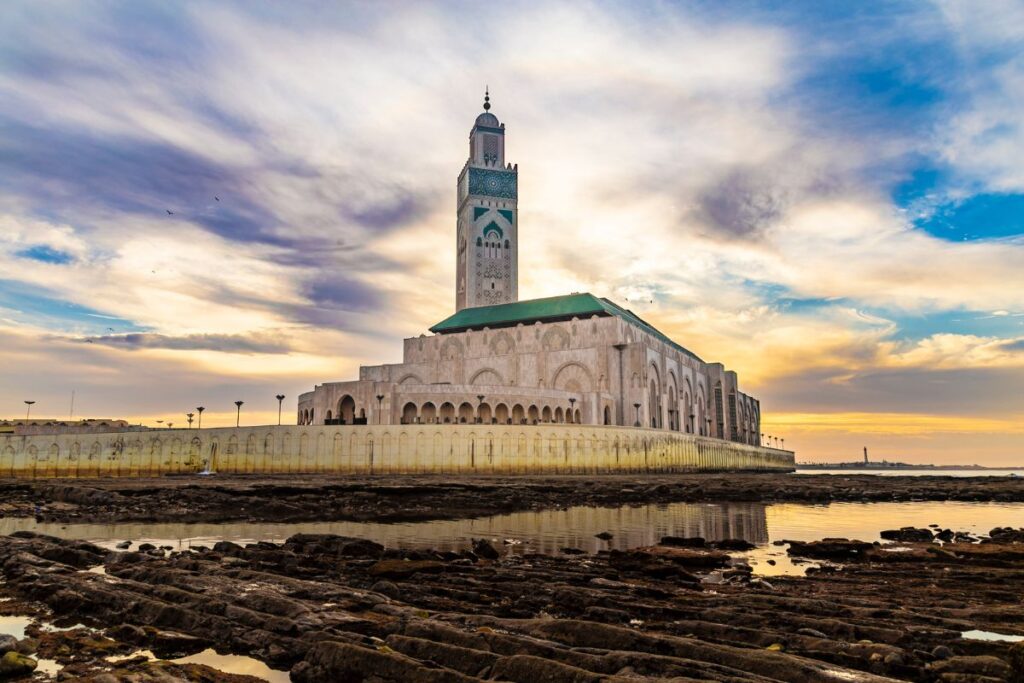
The Koutoubia Mosque in Marrakech
No visit to Marrakech is complete without witnessing the Koutoubia Mosque’s magnificence. This 12th-century marvel is not only one of the city’s most recognizable landmarks but also a symbol of Marrakech itself. Its name, “Koutoubia,” means “Booksellers’ Mosque” because it was once surrounded by book stalls. The mosque’s minaret stands at 77 meters (253 feet), and its design has influenced countless other mosque minarets throughout the Islamic world. With its beautiful gardens and proximity to the bustling Jemaa el-Fnaa square, the Koutoubia Mosque is a peaceful oasis in the heart of Marrakech.
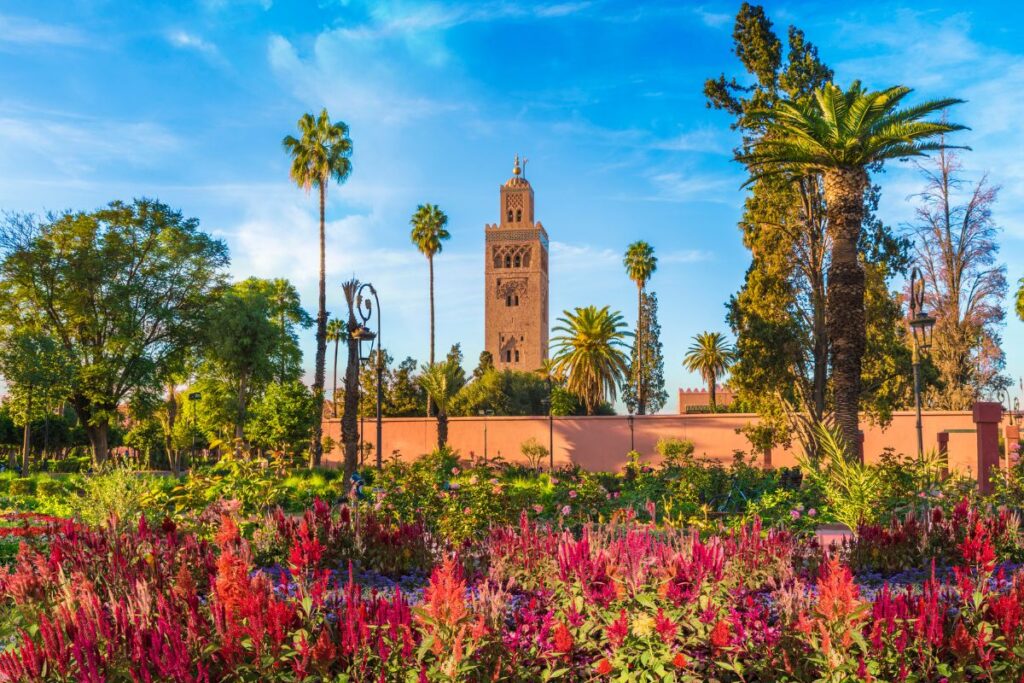
The Tin Mal Mosque in the High Atlas Mountains
Nestled in the High Atlas Mountains, the Tin Mal Mosque holds a special place in Moroccan history. Built in the 12th century by the Almohad dynasty, this mosque is not just an architectural gem but a significant site of religious and political significance. The mosque’s design is a masterpiece of Islamic architecture, characterized by its terracotta-colored exterior and intricate geometric patterns. Tin Mal Mosque is a testament to the Almohads’ power and influence in North Africa and remains a pilgrimage site for Moroccans.
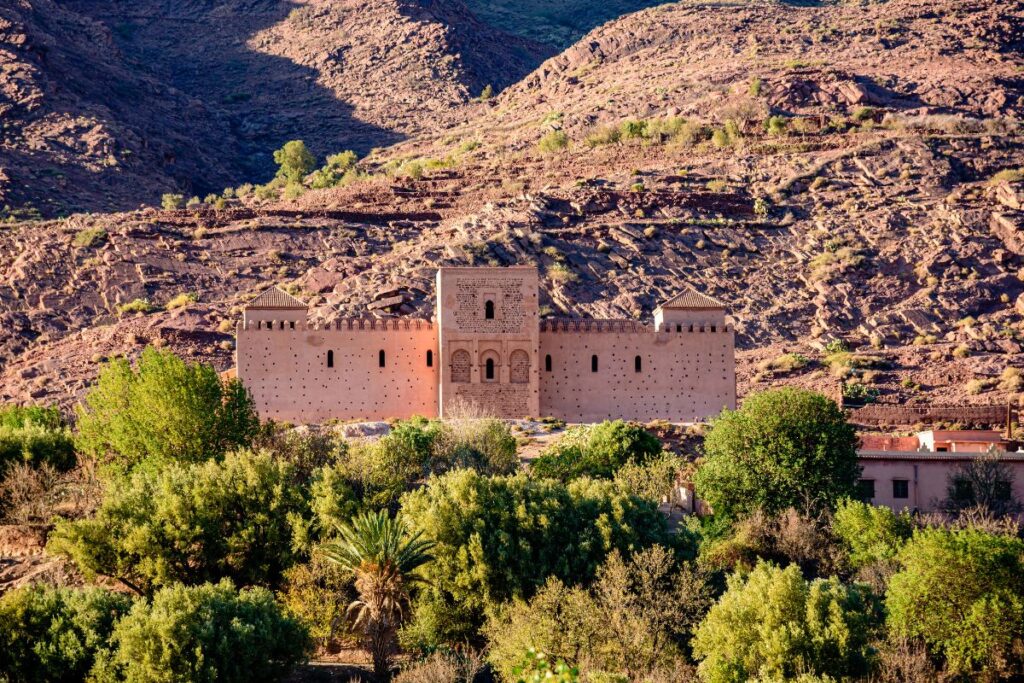
The Moulay Idriss Mosque in Fes
Fes, Morocco’s spiritual and intellectual capital, is home to the Moulay Idriss Mosque. It holds immense importance for Moroccan Muslims as it is believed to be the final resting place of Moulay Idriss I, the founder of Morocco’s first Islamic dynasty. While non-Muslims are not permitted inside, the exterior of the mosque showcases stunning Hispano-Moresque architecture and green-tiled roofs. The white-washed buildings of the nearby town of Moulay Idriss also form a picturesque backdrop to this sacred site.
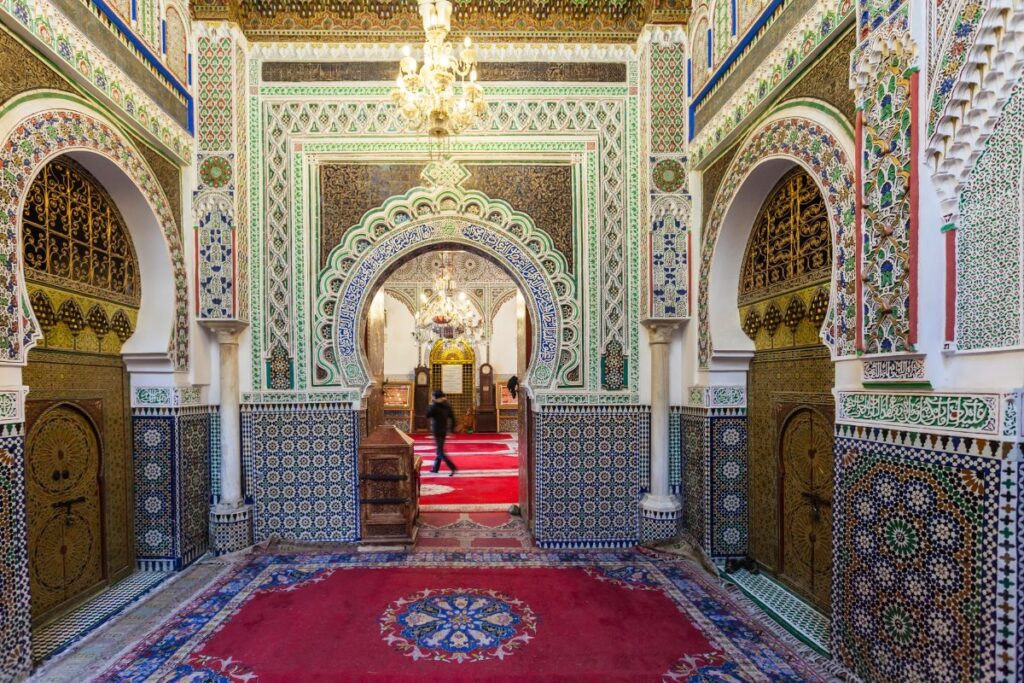
The Mosque of al-Qarawiyyin in Fez
Fez, often referred to as the “Athens of Africa,” is known for its rich intellectual and cultural heritage. At the heart of this historic city lies the Mosque of al-Qarawiyyin, one of the oldest and most prestigious mosques in Morocco. Established in 859 by Fatima al-Fihri, a wealthy Tunisian woman, this mosque holds the distinction of being recognized by UNESCO as the oldest degree-awarding educational institution in the world.
The architectural grandeur of the Mosque of al-Qarawiyyin is a testament to its historical significance. Its minaret, adorned with green ceramic tiles, stands tall against the Fez skyline. The mosque’s interior boasts intricate stucco work, carved cedarwood, and stunning geometric tile patterns that reflect Morocco’s artistic prowess.
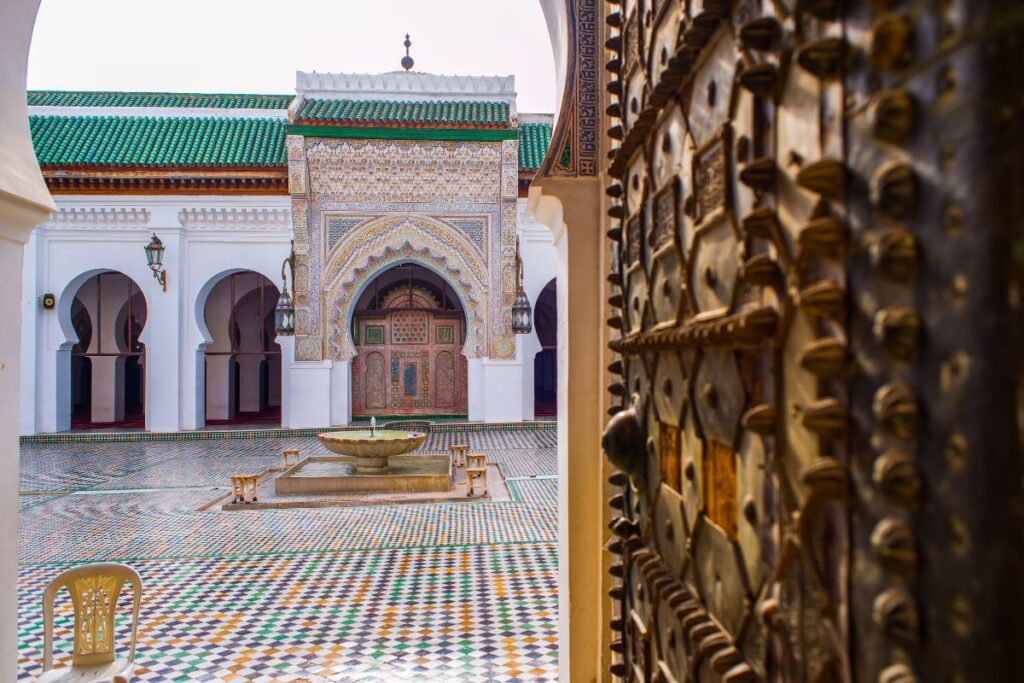
Morocco’s mosques are not only places of worship but also architectural wonders that showcase the country’s rich history and artistic achievements. From the towering minaret of the Hassan II Mosque in Casablanca to the spiritual significance of the Moulay Idriss Mosque in Fes, each mosque tells a unique story. Visitors to Morocco can appreciate the blend of art, history, and faith that these mosques represent, making them essential stops on any cultural journey through this captivating North African nation.
